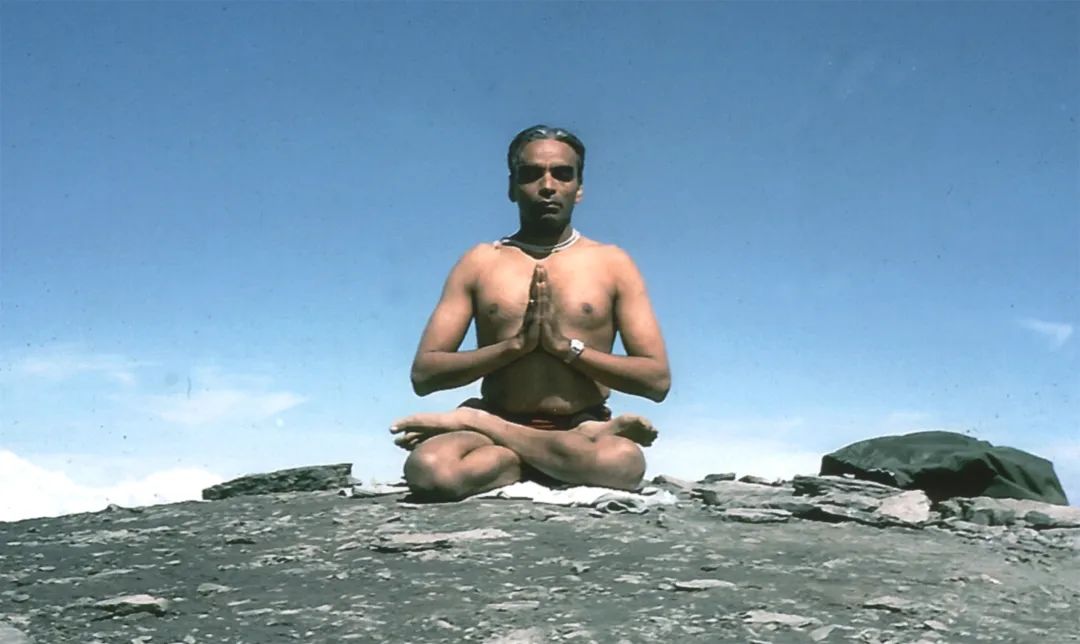“Yoga is one, just as there is only one trunk, but there are many branches.

Yoga is one, but it also contains all branches.

– b.k.s.

Iyengar we all know that Yoga originated in ancient India and is one of the six orthodox philosophical systems in India.

In this way, yoga seems to be philosophy? Yoga helps those unhealthy people become healthy, and derives physical therapy, repair and other systematic therapies.

Yoga seems to be a science? Is it Under the premise of changing the anatomical structure, let the body make different shapes.
Yoga seems to be an art? How exactly should Yoga be defined? Master Iyengar’s answer pointed out the direction for us.
People often ask me to explain what yoga means.
Is it an art, science, religion or philosophy? These doubts will naturally arouse the curiosity of people interested in yoga.
My answer to everyone is that yoga is not any one of the above, but a combination of all the above.
It is independent, and it is the apex of all these fields, beyond the scope of human thinking.
It brings people from the plane of the body to the silver cloud of true self.
One has to analyze, experiment and experience yoga in all the above fields, one by one eliminate the concept of doubt, to understand the meaning of yoga.
First of all, let me explain the above statement.
Art means skill, which is the process of perceiving, consciousness, thinking, operation, expression and other activities of objective or subjective objects through capture and mining, feeling and analysis, integration and application (the combination process of form, the life process of biology, the development process of story), or the phased result displayed in the form of feeling (seeing, listening, smelling, touching).
It is highly skilled.
Science is the systematic knowledge of all kinds of things: it is the study of facts with experiments, and art is experiential knowledge.
Religion is a set of beliefs, practices and moral norms of human behavior in things.
Philosophy is a rational and critical study of truth and the state of existence.
Yoga is the art of education, the purpose of which is to realize the true self.
We all live in natural botanical gardens, including vegetation and animals.
If we make proper use of them, we can enjoy them correctly.
Practice yoga skillfully, make repeated efforts, and under the guidance of the guidelines, produce creative beauty, express the true happiness in yourself, and become subjective knowledge.
Yoga is subjective knowledge and art.
When you learn yoga well, it is as nutritious and delicious as high-quality food.
It expresses the inner existence of the practitioner, because it polishes the body, consciousness and self.
He lives on earth as if he were in heaven.
As a science, yoga helps us understand ourselves through testing, experimentation, experience and observation.
It makes us know that we are life and how to apply yoga.
However, to taste that knowledge, we have to practice, just like an artist devoting time to his pursuit.
As a religion, yoga has a universal moral code: Non Violence (action, language and thought) (AHI ṃ s ā), Satya, asteya, brahmacarya and aparigraha.
It has such discipline, internal and external cleanliness( ś AUCa), satisfaction with one’s situation (Santo ṣ a), desire to realize truth (tapas), study the true self (SV ā dhy ā Ya) and dedicate all actions to God( īś varapraṇidh ā na)。 It is a sacred religion, because it leads to the realization of the true self and is a way to realize God.
Philosophy is mainly about discussing opinions about legitimate life.
Vedanta shows the way to the highest state of life.
Veda (veda= knowledge, anta= end) is the apex of all knowledge.
Therefore, Vedanta means wisdom.
It is in two expressions, namely “maintain” and “abstain”.
Fortunately, the guidance of yoga is both philosophy and Vedanta.
As a philosophy, it leads to the art of life.
The real art of life is to understand how to live in harmony with nature without interfering with other things and our own order.
Yoga helps us distinguish what is true and lasting happiness( ś Reya) peace; What is false, transient, pleasure accompanied by pain (preya).
To maintain good things involves practicing (abhy ā sa)。 To get rid of what hinders tonic intake is to abandon (vair ā gya)。 Abstinence not only refers to giving up things that are not conducive to a peaceful and harmonious life, but also those that bring conflict, pain, sadness and misfortune.
Following the commandments and controlling the senses and thoughts leads to the realization of lasting and unbiased happiness.
This is Yoga cultivation.
Only the awakened soul, through the light of his divine cultivation, can shine on mankind without any bias.
He is like a lamp in the dark, illuminating the consciousness that comes to him in search of light.
This is true cultivation, participating in the creation of a civilization and producing a real “religion”.
Although I don’t put myself in the position of “awakened person”, I feel that it is very vague to understand Yoga according to one’s ideological framework.
The statement of blind people can be divided into several categories, but some people can claim that yoga is only physical, as if other views are completely untrustworthy; Another person can say with the same authority that yoga is more psychological and spiritual.
The third person can classify yoga as science, or call it art, education, religion, philosophy, or even a deceptive trick, but he has never thought that human beings are a whole.
Yoga includes these, but also more.
It transforms sincere practitioners into complete personalities.
It helps the body, consciousness and self coordinate development..

